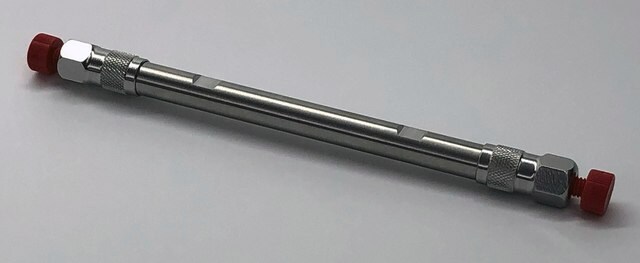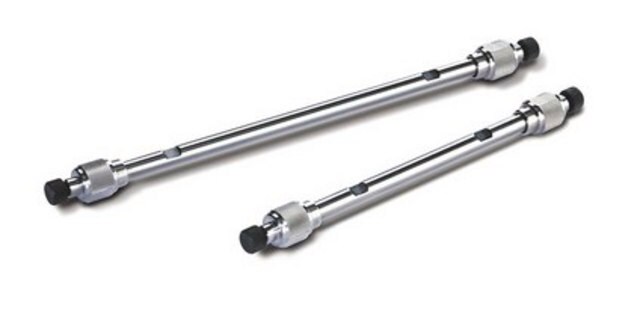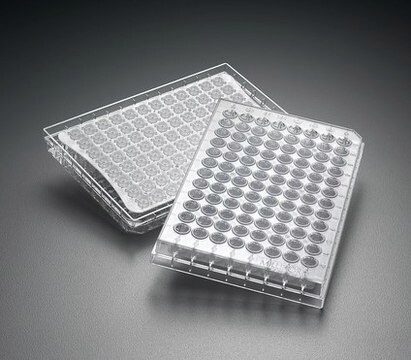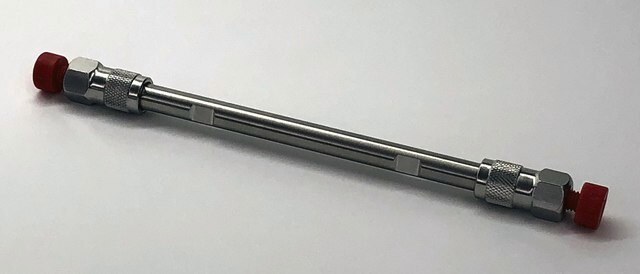581407-U
Ascentis® C8 (3 µm) HPLC Columns
L × I.D. 10 cm × 4.6 mm, HPLC Column
About This Item
Recommended Products
product name
Ascentis® C8 HPLC Column, 3 μm particle size, L × I.D. 10 cm × 4.6 mm
material
stainless steel column
Quality Level
agency
suitable for USP L7
product line
Ascentis®
feature
endcapped
manufacturer/tradename
Ascentis®
packaging
1 ea of
extent of labeling
15% Carbon loading
parameter
≤70 °C temp. range
400 bar pressure (5801 psi)
technique(s)
HPLC: suitable
LC/MS: suitable
L × I.D.
10 cm × 4.6 mm
surface area
450 m2/g
surface coverage
4.0 μmol/m2
impurities
<5 ppm metals
matrix
fully porous particle
silica gel high purity, spherical
matrix active group
C8 (octyl) phase
particle size
3 μm
pore size
100 Å
operating pH range
2-8
application(s)
food and beverages
separation technique
reversed phase
Looking for similar products? Visit Product Comparison Guide
General description
The Ascentis C8 is a highly reproducible column with excellent selectivity towards polar compounds. The phase excells in highly aqueous mobile phases as well as high organic mobile phases.
Features and Benefits
- Superior retention for hydrophobic molecules
- Excellent peak shape
- Low bleed LC-MS separations
Legal Information
Related product
Choose from one of the most recent versions:
Already Own This Product?
Find documentation for the products that you have recently purchased in the Document Library.
Articles
Read our Biofiles article on Analysis of Isoprenoid Pathway Metabolites by LC-MS.
Our team of scientists has experience in all areas of research including Life Science, Material Science, Chemical Synthesis, Chromatography, Analytical and many others.
Contact Technical Service






